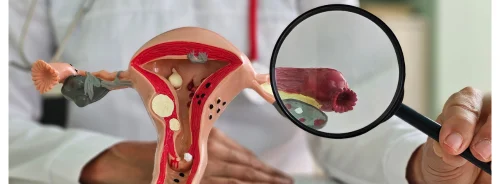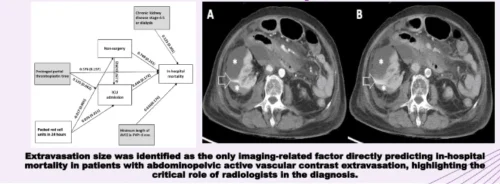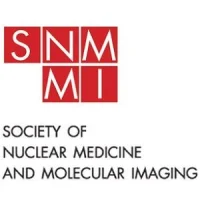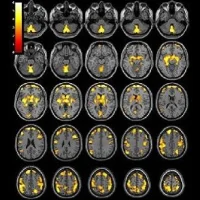Experts from Spectrum Health Helen DeVos Children’s Hospital have integrated echocardiography and computed tomography (CT) to produce a three-dimensional anatomic model of a patient’s heart. The findings were presented at the CSI 2015 - Catheter Interventions in Congenital, Structural and Valvular Heart Diseases Congress in Frankfurt, Germany and the feasibility of printing 3D cardiovascular models derived from multiple imaging modalities was demonstrated.
This is the first time CT and three-dimensional transesophageal echocardiography (3DTEE) has been combined to print a hybrid 3D model of a patient’s heart. The experts from Spectrum Health believe that this successful experiment could also open the way for the techniques to be combined with a third tool - magnetic resonance imaging (MRI).
“Hybrid 3D printing integrates the best aspects of two or more imaging modalities, which can potentially enhance diagnosis, as well as interventional and surgical planning," said Jordan Gosnell, Helen DeVos Children’s Hospital cardiac sonographer, and lead author of the study. “Previous methods of 3D printing utilise only one imaging modality, which may not be as accurate as merging two or more datasets.”
The experts used the Mimics® Innovation Suite software from Materialise, a leading provider of 3D printing software and services based in Belgium, and used it to register images from both CT and 3DTEE. They also integrated datasets to produce an accurate anatomic model of the heart. This resulted in a detailed and anatomically accurate 3D model of the heart which could potentially help physicians to better diagnose and treat heart disease.
Joseph Vettukattil, MD, and his Helen DeVos Children’s Hospital colleagues explain that these imaging techniques have different strengths that could improve and enhance 3D printing. For example CT enhances visualisation of the outside anatomy of the heart while MRI measures the interior of the heart, including the right and left ventricles, the main chambers and the heart’s muscular tissue. 3DTEE provides the best visualisation of valve anatomy.
As Vettukattil points out, this technology could prove to be beneficial for both cardiologists and surgeons and can provide more diagnostic capability and improved interventional and surgical planning. This could thus help determine which conditions require routine surgery and which can be treated via transcatheter route. However, further research is required to evaluate the efficacy of hybrid 3D models when choosing between transcatheter and surgical interventions.
Source: Spectrum Health
Image Credit: Wikimedia Commons










